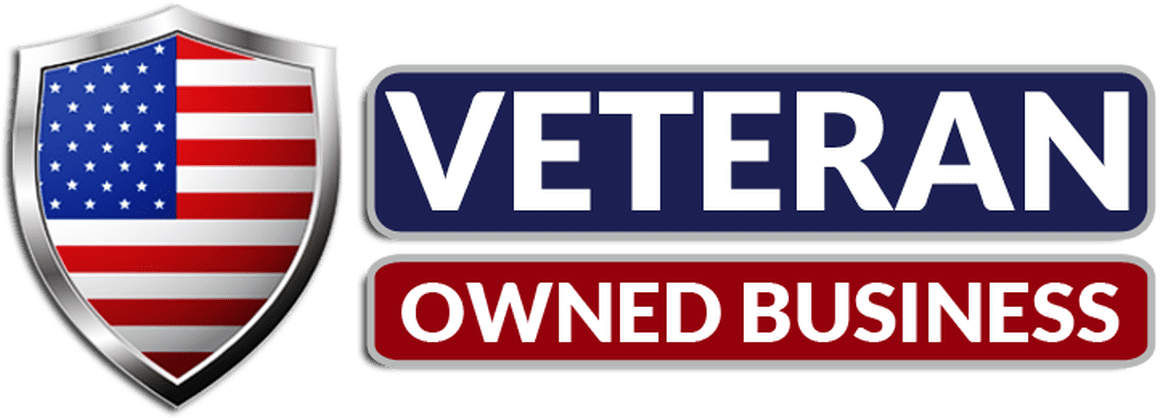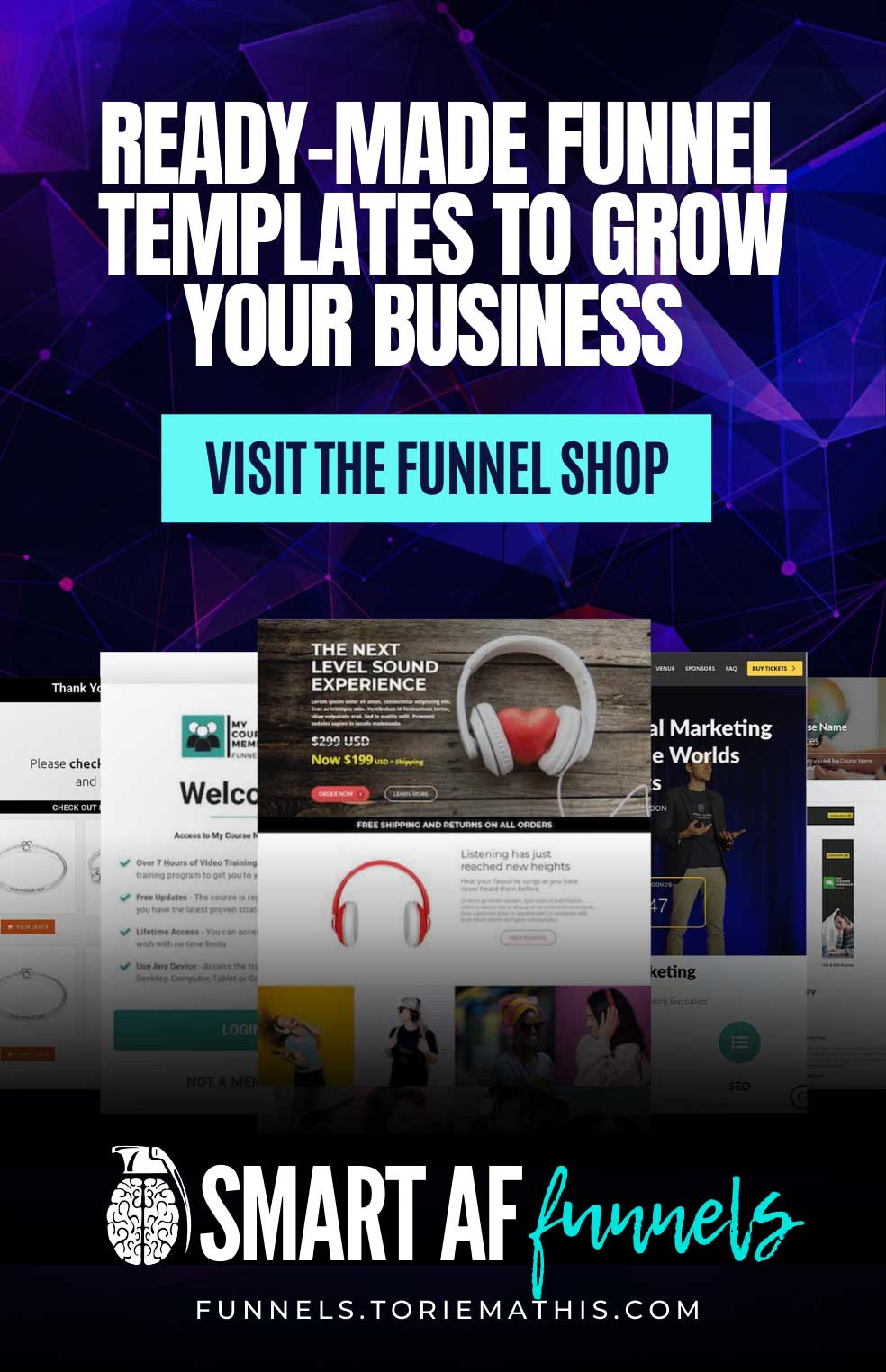5 Essential Sales Funnel Tips to Boost Your Business

Are you an entrepreneur looking to get more out of your sales funnel?
You’ve come to the right place. Here, we will discuss a few key tips that can help you make the most out of your efforts and maximize success in this area. From optimizing landing pages and utilizing email automation to leveraging social media platforms and measuring results – these sales funnel tips are sure to be beneficial for any business owner who is striving for better outcomes! So let’s dive into it!
Table of Contents:
- Defining Your Sales Funnel
- Optimizing Your Landing Pages
- Utilizing Email Automation
- Leveraging Social Media Platforms to Drive Traffic to Your Funnel Pages
- Measuring and Analyzing Results to Improve Performance Over Time
- Sales Funnel Tips FAQs
- Conclusion
Defining Your Sales Funnel
Defining your sales process is something I love to talk about because it is commonly overlooked by many business owners, but can have a huge impact on their sales and customer satisfaction. It is also the S in the SMART Marketing method. Let’s go over some ways to get started defining your sales process.
Identifying Your Target Audience
Before you can create a successful sales funnel, it’s important to identify your target audience. Ask yourself questions like who are they, what do they need, and how can I help them? Once you have identified the needs of your target audience, you will be able to tailor your content and messaging accordingly.
Mapping the Customer Journey
The next step is to map your customer journey. Think of all the places your ideal customers will find you for the first time; a google search, on social media, a referral, etc. Then map each path from the first encounter to the sale to the after-purchase follow-up.
This will allow you to guide the customer with all the information, answer all the questions they may have, and finally, lead them to purchase. Without detailing the customers’ path, you are likely to leave some prospects hanging, confused, or forgotten about.
And that is not just bad for your customer service, but it’s leaving money on the table.
Establishing Your Goals
Setting goals is essential for any successful business venture. When creating a sales funnel, consider what kind of results you want to achieve.
- Do you want more leads?
More conversions?
A higher ROI?
Knowing these objectives ahead of time will help guide the creation process and ensure that all efforts are focused on achieving those goals.
Now that you know who your target audience is, you’ve mapped your customer journey, and what kind of results you’re aiming for, it’s time to set up the stages in your funnel. Generally speaking, there are three main stages – awareness (or top-of-the-funnel), consideration (or middle-of-the-funnel) and conversion (or bottom-of-the-funnel).
Each stage should include specific content tailored towards each step in the customer journey from initial contact through purchase or subscription completion.
Once you have a clear understanding of your target audience, goals and funnel stages, it’s time to move on to optimizing your landing pages.
Optimizing Your Landing Pages
Your headline is the first thing that your audience will see, so it’s important to make sure it stands out and grabs their attention. Make sure to include keywords related to your product or service, as well as action words that evoke a sense of urgency.
For example, “Take Advantage of Our Limited-Time Offer Now.”
Writing Compelling Copy
Once you have your reader’s attention with an engaging headline, you need to keep them interested by writing compelling copy. Keep it concise and use language that resonates with your target audience.
Try using stories or examples from customers who have used your product or service successfully in order to illustrate its value.
Designing an Eye-Catching Layout
The layout of your landing page should be designed with the user experience in mind. Use visuals such as images and videos whenever possible, but make sure they are relevant and high quality.
Additionally, try breaking up text into smaller chunks for easier readability and highlight key points with bullet points or bolded text for emphasis
By optimizing your landing pages, you can increase the number of leads and conversions. Now let’s look at how to use email automation to further enhance your sales funnel.
Utilizing Email Automation
Email automation is a great way for entrepreneurs to engage with their customers and drive more sales through their funnels. It allows you to create relevant content tailored to each stage of the funnel, segment your audience for personalized messages, and test different strategies to increase open rates and click-throughs.
Creating Relevant Content for Each Stage of the Funnel
Creating content that resonates with your target audience at each stage of the funnel is essential in order to keep them engaged throughout the process.
For example, if you’re targeting new leads, focus on providing educational materials like blog posts or videos about topics related to your product or service.
If you’re targeting existing customers, focus on creating promotional offers that are tailored specifically for them based on their past purchases or interests.
Segmenting Your Audience for Personalized Messages
Segmenting your email list by customer type can help ensure that you’re sending out messages that are relevant and engaging for each group.
For instance, if you have a large number of returning customers who have purchased from you before, consider sending out special discounts or promotions just for them as an incentive to come back again.
On the other hand, if most of your subscribers are new leads who haven’t bought anything yet but may be interested in what you offer, then focus on providing helpful information about how they can benefit from using your product or service instead.
Email automation can be a powerful tool for driving leads and conversions through your sales funnel. By leveraging the right social media platforms, you can take advantage of new opportunities to reach and engage with potential customers.
Leveraging Social Media Platforms to Drive Traffic to Your Funnel Pages
Social media is a powerful tool for entrepreneurs looking to drive traffic into their sales funnels. By choosing the right platforms, crafting engaging posts and ads, and analyzing performance data, you can maximize your results and get more customers through your funnel.
Choosing the Right Platforms for Your Target Audience and Goals
When it comes to leveraging social media for driving traffic to your funnel pages, it’s important to choose the right platform for your target audience and goals.
For example, if you are targeting young professionals in their 20s or 30s who use Instagram regularly, then that would be an ideal platform to focus on.
On the other hand, if you are targeting business owners in their 40s or 50s who prefer LinkedIn as their primary social network of choice, then that would be a better option.
It’s also important to consider what type of content works best on each platform so that you can create posts that will resonate with your target audience.
Crafting Engaging Posts and Ads That Resonate With Your Audience
Once you have chosen the appropriate platforms for reaching out to potential customers, it’s time to start creating engaging posts and ads that will capture people’s attention.
This means using visuals such as photos or videos whenever possible along with compelling copywriting techniques like storytelling or highlighting customer success stories.
Additionally, make sure any links included in these posts lead directly back into one of your funnel stages so that visitors can easily take action when they see something they like.
Analyze and Adjust Your Efforts
The final step is analyzing performance data from all of these efforts in order to refine strategies over time and maximize results from them going forward.
This includes tracking key metrics across all stages of the funnel, such as open rates on emails sent out or click-through rates on ads posted online; identifying areas where conversion rates could be improved; adjusting strategies based on insights gained from analysis; etc.
All this information should help inform future decisions about which platforms work best for reaching certain audiences, as well as how often different types of content should be shared in order to generate maximum engagement levels among followers/subscribers/etc.
Leveraging social media platforms can be a powerful way to drive traffic to your funnel pages. With the right strategies and analysis, you can optimize your results and maximize ROI over time.
Let’s explore how measuring and analyzing results can help improve performance.
Measuring and Analyzing Results to Improve Performance Over Time
Tracking key metrics across all stages of the funnel is essential for optimizing performance over time. This section will cover techniques for measuring success, identifying areas of improvement in conversion rates, and adjusting strategies based on insights gained from analysis.
Tracking Key Metrics Across All Stages of the Funnel
To measure success, it’s important to track key metrics such as website visits, leads generated, sales conversions and customer lifetime value at each stage of your funnel. Analyzing this data can help you identify which parts of your strategy are working well and where there may be room for improvement. For example, if you find that most visitors are dropping off after viewing a particular page or ad campaign then you can make adjustments to increase engagement and drive more conversions.
Identifying Areas of Improvement in Conversion Rates
Once you have identified any weak points in your funnel using analytics data, it’s time to start making changes to improve conversion rates. You may need to tweak the design or copy on landing pages or adjust targeting parameters on ads campaigns – whatever works best for your audience and goals.
Experimentation is key here; testing different approaches until you find what resonates with customers is often necessary before seeing significant improvements in results.
After implementing changes based on analytics data, it is important to keep an eye out for further opportunities to optimize performance over time by regularly monitoring progress against KPIs (key performance indicators).
This could involve running A/B tests on different versions of content or ad campaigns as well as tracking customer feedback via surveys or social media comments – all valuable sources of insight into how successful your efforts have been so far.
Sales Funnel Tips FAQs
What makes a good sales funnel?
A good sales funnel should be designed to capture leads, nurture them with relevant content and offers, and convert them into paying customers. It should start by creating awareness of your product or service through targeted ads or organic search engine optimization.
Once potential customers are aware of what you offer, they can be directed to a landing page where they can learn more about the product/service and opt-in for further communication from you. From there, automated emails with personalized content will help keep them engaged until they are ready to make a purchase.
Finally, use retargeting campaigns to remind people who have already expressed interest in your products/services that it’s time to take action.
What are the 5 stages of sales funnels?
1. Awareness: This is the stage where potential customers become aware of your product or service. Here, you should focus on creating content that will attract attention and generate interest in what you offer.
2. Interest: Once people are aware of your product or service, they must be interested enough to take action and move down the funnel. You can use targeted advertising campaigns to capture their attention and encourage them to learn more about what you have to offer.
3. Evaluation: At this stage, prospects evaluate whether your offering meets their needs better than competitors’ offerings do. You need to provide detailed information so they can make an informed decision about which option is best for them.
4. Conversion: The conversion stage occurs when a prospect decides that your product or service is the right choice for them and takes action by making a purchase or signing up for a subscription plan, etc.. To increase conversions at this point, it’s important to create trust with prospects through customer testimonials and other forms of social proofing.
5 Retention/Loyalty: After converting into customers, it’s important not only to retain but also to build loyalty among existing customers, so they continue using your products or services over time instead of switching back and forth between different providers constantly. Offering discounts, rewards programs, special offers, etc., can help keep customers engaged with your brand long-term.
How do you create an effective sales funnel?
Creating an effective sales funnel requires a few key steps.
First, you need to identify your target audience and create content that speaks directly to them. Next, you should develop a lead magnet, such as an ebook or webinar that will draw potential customers in. Once they are engaged, use email marketing campaigns to nurture leads and move them further down the funnel toward conversion.
Finally, track customer behavior through analytics tools so you can optimize your funnel for maximum effectiveness over time. With these steps, you can create an effective sales funnel that will drive conversions and grow your business.
Conclusion
Overall, sales funnel tips can help entrepreneurs maximize their efforts and increase their chances of success.
By defining your sales funnel, optimizing landing pages, utilizing email automation, leveraging social media platforms to drive traffic to your funnel pages, and measuring and analyzing results to improve performance over time you can set yourself up for success.
With the right strategies in place you’ll be able to optimize your sales funnels for maximum efficiency.
Are you an entrepreneur looking to increase your sales? Do you need help understanding how to create a successful sales funnel? Look no further!
I offer digital marketing solutions that will provide the tips and strategies necessary for creating an effective and profitable sales funnel.
Check out my sales funnel templates and Sales Funnel Course to jump start your sales funnel success.
About Digital Marketing Expert Torie Mathis
 Torie Mathis helps entrepreneurs, like you, use digital marketing to grow your business without wasting time, money, or your sanity. She is a best-selling author, Army veteran, speaker + trainer, and your digital marketing coach. You don't need crazy tech skills, buckets of cash, or dedicated staff to market your business. In fact, you don't even need a lot of time. What you need is to be SMART.
Torie Mathis helps entrepreneurs, like you, use digital marketing to grow your business without wasting time, money, or your sanity. She is a best-selling author, Army veteran, speaker + trainer, and your digital marketing coach. You don't need crazy tech skills, buckets of cash, or dedicated staff to market your business. In fact, you don't even need a lot of time. What you need is to be SMART.
Torie hosts SMART AF, a show for non-techy entrepreneurs looking to grow their business, with her husband Sean and is the creator of SMART AF Magazine. Learn from Torie at the Smart Arsenal and on her channel.
What do you think? Let's talk! Leave a comment.
Hi! I'm Torie!
 I help entrepreneurs (like you) use digital marketing to get more clients + make more money. And I make it easy!
I help entrepreneurs (like you) use digital marketing to get more clients + make more money. And I make it easy!
You don’t need crazy tech skills, buckets of cash, or dedicated staff to market your business. You don’t even need a lot of time.
What you need is to be SMART.
Smart Marketing For
Get Smart AF
DELIVERED TO YOUR INBOX
from your Digital Marketing Coach Torie Mathis!
Let's get SMART!
Let's Connect!

*Posts may contain affiliate links. If you use these links to purchase, I may earn a commission at no additional cost to you.


 I help entrepreneurs learn digital marketing.
I help entrepreneurs learn digital marketing.




0 Comments